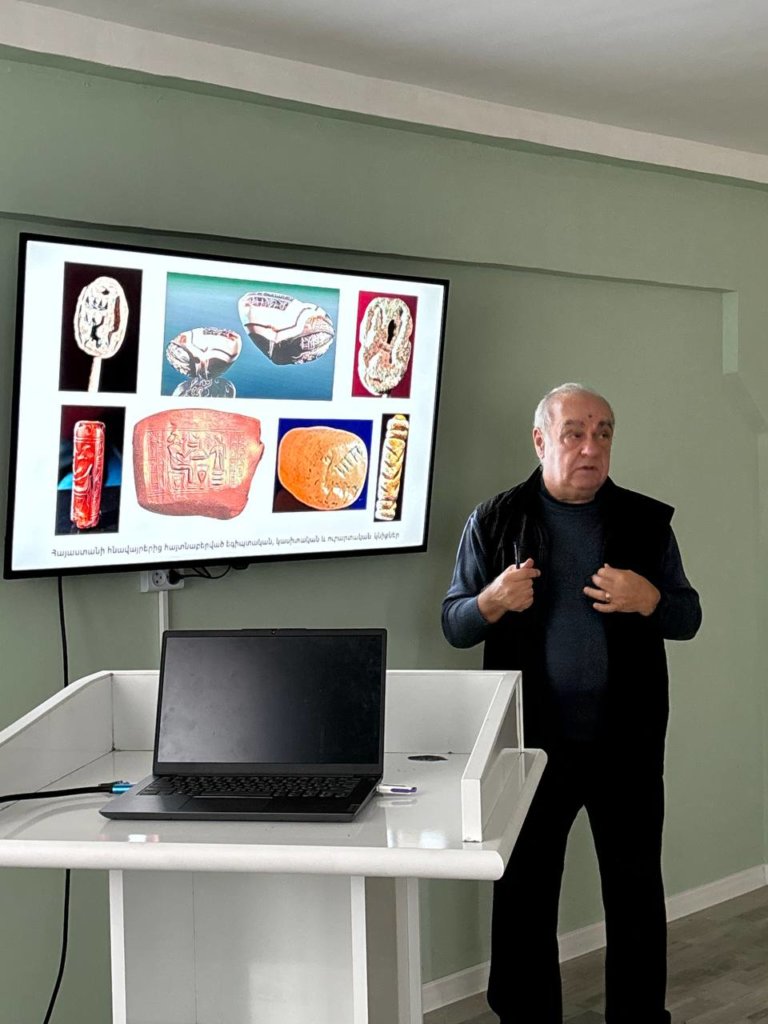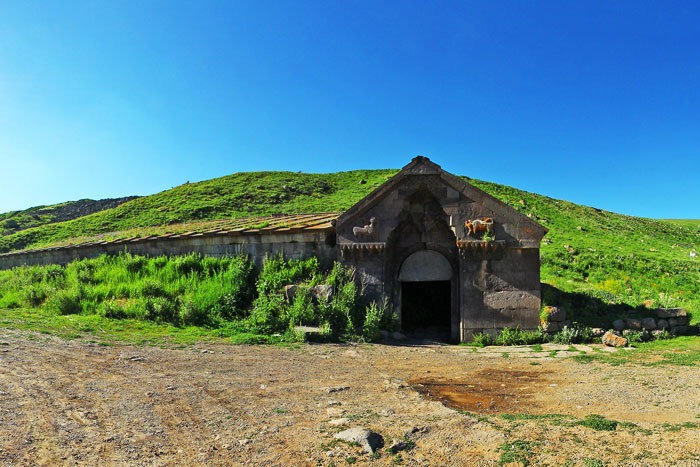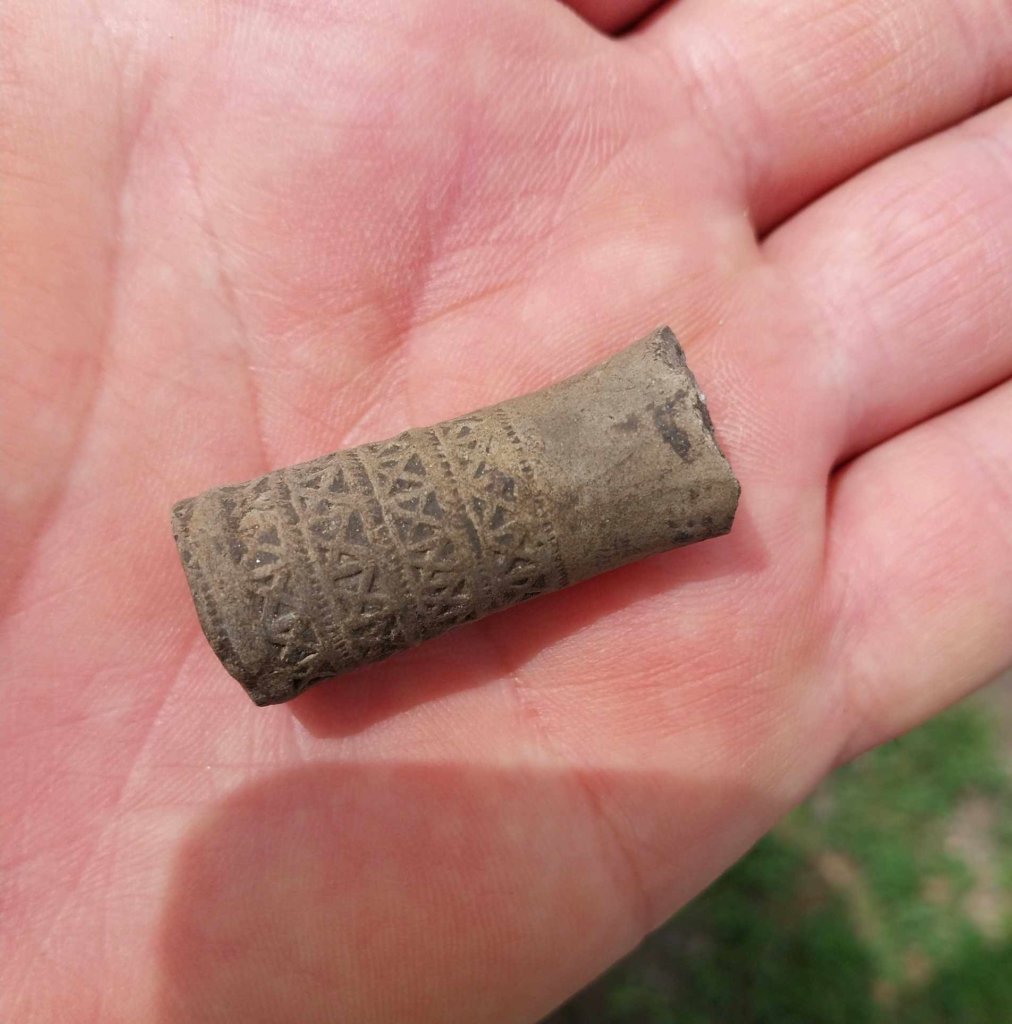“The eastern coast of Lake Sevan in the Early Bronze Ages”, “The results of the archaeological work in the territory of the Bardzrakash Monastery in 2021”, “Desert kites of Armenia”, “the Chariot Complex of Kura-Araxes interfluve in the Late Bronze Ages…”, “Issues concerning the attribution of museum photo sources”, “The way to the temple: identification and registration of architectural fragments in Zvartnots” up to “The peculiarities of preservation and museification of anthropological materials”. The above listed are the reports given at the international conference entitled “The Historical and Cultural Heritage of the Armenian Highland” which was held at “Metsamor” Historical and Archeological Museum-Reserve on the initiative of the «Service for the Protection of Historical Environment and Cultural Museum-Reservations” SNCO of the Ministry of Education, Science, Culture and Sport. There were presented History, Archaeology, Ethnography, Folkloristics, Lithography, Architecture, Art studies, Museology, and other fields.
The «Service for the Protection of Historical Environment and Cultural Museum-Reservations” SNCO, the Institute of Archaeology and Ethnography NAS RA, Scientific Research Center of the Historical and Cultural Heritage, Yerevan State University, the History Museum of Armenia, the Armenian Genocide Museum-Institute and Armenian State Pedagogical University took part in the conference.
A plenary report was given by the scientific secretary of the “Protection Service” SNCO Ashot Piliposyan. The International Conference was held in separate halls: in the first hall –archaeology and lithography, in the second hall –museology, ethnography and history.
PHD in History Benik Vardanyan (Institute of Archaeology and Ethnography NAS RA) presented the wheeled vehicles used during the burials of some privileged individuals of ancient civilizations of the Kura-Araxes interfluve.
PHD in History Benik Vardanyan (Institute of Archaeology and Ethnography NAS RA) – More than 30 archaeologically attested examples of the Late Bronze Ages make the Kura-Araxes interfluve the largest center in the region for accumulation and development of chariots. Acting as a symbol of power and used in the burials of privileged individuals (military servants, priests) the chariots indicated active connection with advanced and ancient civilizations of Asia Minor at the same time acting as a mediator for the dissemination of technologies and ideas.
Hasmik Simonyan, anthropologist at the “Protection Service” SNCO gave a report on the peculiarities of preservation and museification of anthropological materials.
Hasmik Simonyan: anthropologist at the “Protection Service” SNCO
For over 15 years the researchers of our SNCO have been dreaming of having an anthropological exhibition on ancestral diseases, which still remains a dream. Anyhow we continue our daily work to make our dream come true.
Candidate of Historical Sciences, associate professor Lianna Gevorgyan came up with the significant problems of museums and their solutions, emphasizing the necessity of unification of the attribution and scientific description of museum objects and the creation of universal standards, as well as a unified information database. Their absence prevents inter-museum information exchange and mutual understanding. In that context the necessity to create a unified system of scientific description of photo sources is considered.
Thorough study of the photo material stored in different collections of the «Service for the Protection of Historical Environment and Cultural Museum-Reservations” SNCO will bring forward the necessity to create a common certificate containing standardized fields. If published, it will make the photo material of any collection a source for architectural, archaeological, ethnographic, historical and cultural studies.
















